GROUND SPICES

GARLIC POWDER (BLACK)
VIEWGARLIC POWDER (BLACK)
Black garlic powder is a humble ingredient stemming out of Korean cuisine that’s quickly taken the culinary world by storm. An intermittent storm, admittedly, as its rather unique flavor is still being explored by chefs and home cooks alike. After all, what do you use it for?
Or, first, what is black garlic?
The process for creating black garlic requires fermenting whole bulbs of garlic at high temperatures for extended periods of time. The garlic is then cooled on racks and allowed to air dry for another week or so. The result is a obsidian clove that’s significantly sweeter and with a mellow and meltingly savory garlic flavor. The texture is squishy and soft, often similar to a gummy candy that you left sitting in a hot car. The flavor is tangy and sweet; think balsamic vinegar with a hint of soy sauce, or tamarind dipped in molasses.


BLACK PEPPER (FINE GROUND)
VIEWBLACK PEPPER (FINE GROUND)
When archaeologist uncovered Ramses II, they found black peppercorns stuffed in his nostrils – this was part of the ritual mummification process. During the Age of Discovery, black pepper and the profit of the spice trade was one of the reasons Portugal, Spain, France, and other European nations sailed the world and expanded the map; to find new sources of spice. Nearly all pepper traded in the ancient world made its way through Malabar, on the Indian Peninsula, and is the main reason the region developed as a major port and trading post in the ancient world. Indeed, black peppercorns play a distinct part in human history that is more entrenched in the development of nations than we understand.
They also taste so flippin’ good.
Black pepper is used as a spice in nearly all the world’s cuisines as a pungent, spicy, heating agent for food due to the presence of capsaicin and piperine. Teasings of citrus and wood also add to black pepper’s allure. Cracked and ground they can be added in nearly any savory recipe.


Coriander Powder
VIEWCoriander Powder
Ground coriander is one of the sweeter spices out there, which is odd considering the leaf of the coriander plant – what we call cilantro – is often called spicy and herbal. It is often described as sweet and floral with hints of white pepper and Navel orange. You might call it cultivated, both in agricultural and worldly senses.
The flavors make coriander powder a popular spice across all oceans, from Portugal to Mexico, to India.
Ground coriander powder goes stale quickly so use it within six months and, as with all spices, store in an airtight container in a dark and dry space. Any baker would be livid without ground coriander to add to pumpkin pies, sweet potato pancakes, apple cakes, spice cookies, homemade granola, or kugel.

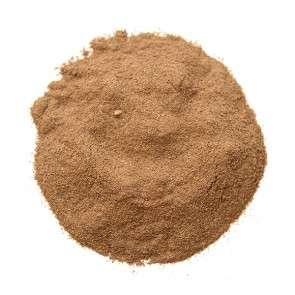
Ground Allspice
VIEWGround Allspice
Our ground allspice has your name on it. It also has your apple pie’s name on it. And your chicken wings. Also, it plans to claim the name of your spice cake. You know what? It’s just taking names.
Allspice has a place in preserved goods and plays an important role in spice blends and rubs like jerk seasoning and garam masala. In addition, it plays a central role in many North American pastries such as gingerbread cookies and pumpkin pie.
Whole allspice berries can be ground up and toasted for a fresher, more intense allspice flavor than pre-ground allspice. Whole berries are also essential for proper pickling.

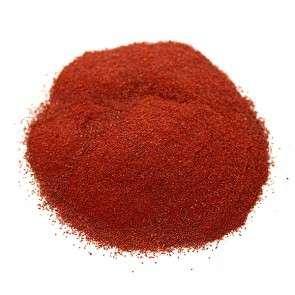
Annatto Powder
VIEWAnnatto Powder
Annatto powder is perfect for the home cheesemaker who wants to make authentic English cheddars or perhaps an original cheese with a flashy neon rind the color of a carving pumpkin.
Also known as achiote powder, annatto seeds grow inside the spiny fruits of the achiote tree. Annatto powders primary use through history has been as a coloring agent for makeup, textiles, or to color foods. In particular, many kinds of cheese use annatto powder to achieve orange or red colors such as Mimolette, Red Leicester, and Cheddar.


ground_caraway
VIEWground_caraway
An ancient spice related to parsley, caraway does not have the lurid or illustrious history that spice like cloves or black pepper do. To many the flavor is bitter, camphorous in an unpleasant way, and biting. (When raw it’s downright soapy.)
Caraway actually dates back about 5000 years ago when ancient Romans began to spread the seeds. Soldiers often used it to flavor their food and it became a popular peasant spice throughout Europe. It was mainly used as a medicine, but also in spirits such as aquavit and kummel.

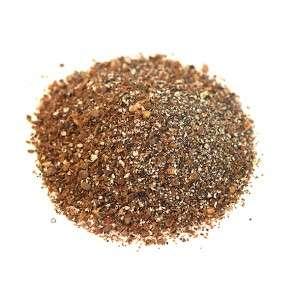
Cardamom, Black (Coarse Cut)
VIEWCardamom, Black (Coarse Cut)
The smell is like fist made of camphor socking you in the nose. Afterwards, a dull ache of pine and moldy earth remains. In fact, if you get a strong whiff of it you’d wonder why anyone would ever ingest such a thing, unlike green cardamom, which possesses a soothing spice, warm eucalyptus flavor, and fruity freshness. However, this sharp pungency mellows out and becomes rather addicting when combined with other spices or seared in a bit of oil or fat.
Black cardamom is warmer than green cardamom. In fact, you might call the flavor downright abrasive at times. This rugged quality is what makes it so delightful in rubs and spice blends such as garam masala or when added to rustic Indian goat stews packed with ginger, black pepper, and chiles. It also is used in pickling and charcuterie, and it has a fondness for buttery pound cakes and chocolate desserts.

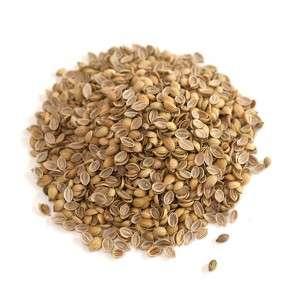
Cracked Coriander
VIEWCracked Coriander
Coriander is one of the sweeter spices out there, which is odd considering the leaf of the coriander plant – what we call cilantro – is often called spicy and herbal. It is often described as sweet and floral with hints of white pepper and Navel orange. You might call it cultivated, both in agricultural and worldly senses.
The flavors make coriander a popular spice across all oceans, from Portugal to Mexico, to India.
Cracked coriander should be used immediately as it can quickly go stale. Use in rubs or for pickling to impart a woodsy-citrusy flavor.

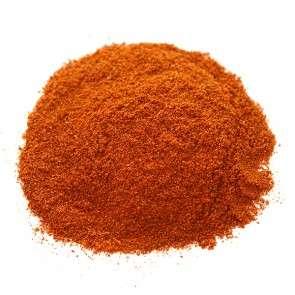
Hot Chili Powder
VIEWHot Chili Powder
Our classic chile powder taken up a notch or fifty. Cumin, chiles, and other spices are hand blended into a brick red powder. Highly recommended for chile con carne, meatloaf, hamburgers, or rubbing over chicken. For those who want to take it a bit further, add a pinch to your next batch of guacamole.








